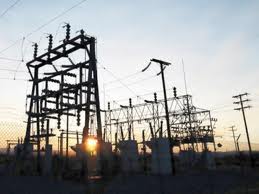Inefficient electricity productions as well as chronic line losses are the major causes for the energy crisis in Karachi Electric Supply Company. This was determined by a recent study made by Sustainable Development Policy Institute.
The SDPI found out that the national power regulator NEPRA was inept in controlling the situation. It suggested solutions, such as investing in affordable electricity from hydro power, improving fuel efficiency of power plants, and introducing smart grid with advanced metering system.
The report showed the causes of the energy crisis in Pakistan as it discussed the situation of the KESC. The findings, conclusions, and recommendations of the report are applicable to all the thermal power plants in the country.
NEPRA has to have a larger role in regulating energy sector in Pakistan. It must be able to give incentives to boost fuel efficiency and find a solution to the energy crisis. The study was the first one that looked into the performance of KESC since its nationalization in early 50s. The report found out that it has given huge subsidies after the privatization that undermines the purpose of privatization.
The report determined that the thermal power plants in Pakistan operate at a low efficiency and consume very high amount of fuel to generate electricity. The KESC consumes 11 to 18 cubic feet of gas to generate one KWh of electricity compared to other companies that consume 7 cubic feet of gas for generating the same amount.
Gas consumption of thermal plants in Bangladesh consume almost double of that of KESC. The government should control fuel costs in order to reduce the subsidies given to the power companies.
